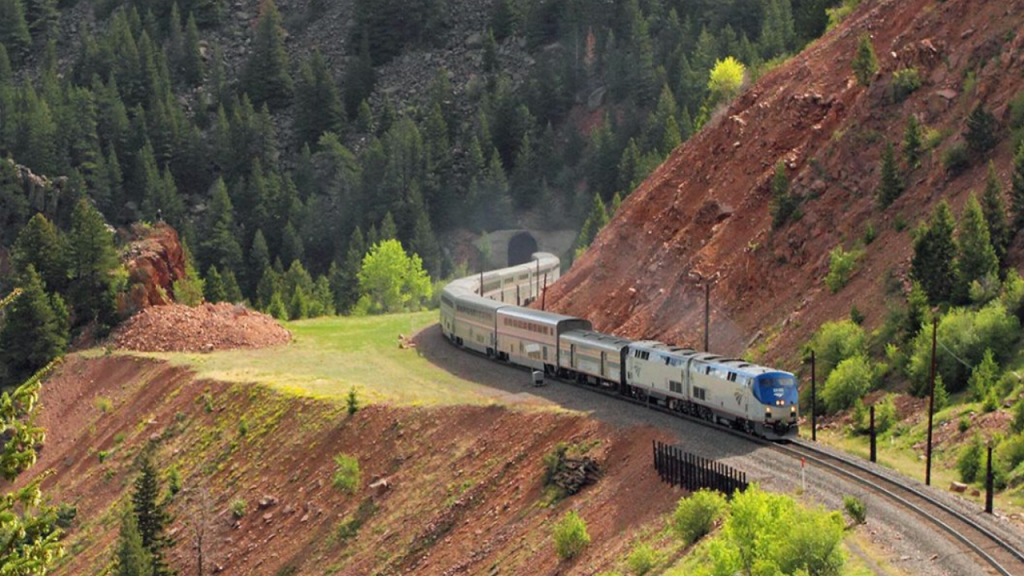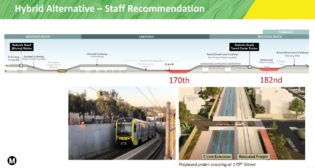
A Streetcar for Omaha?
Written by David Peter Alan, Contributing Editor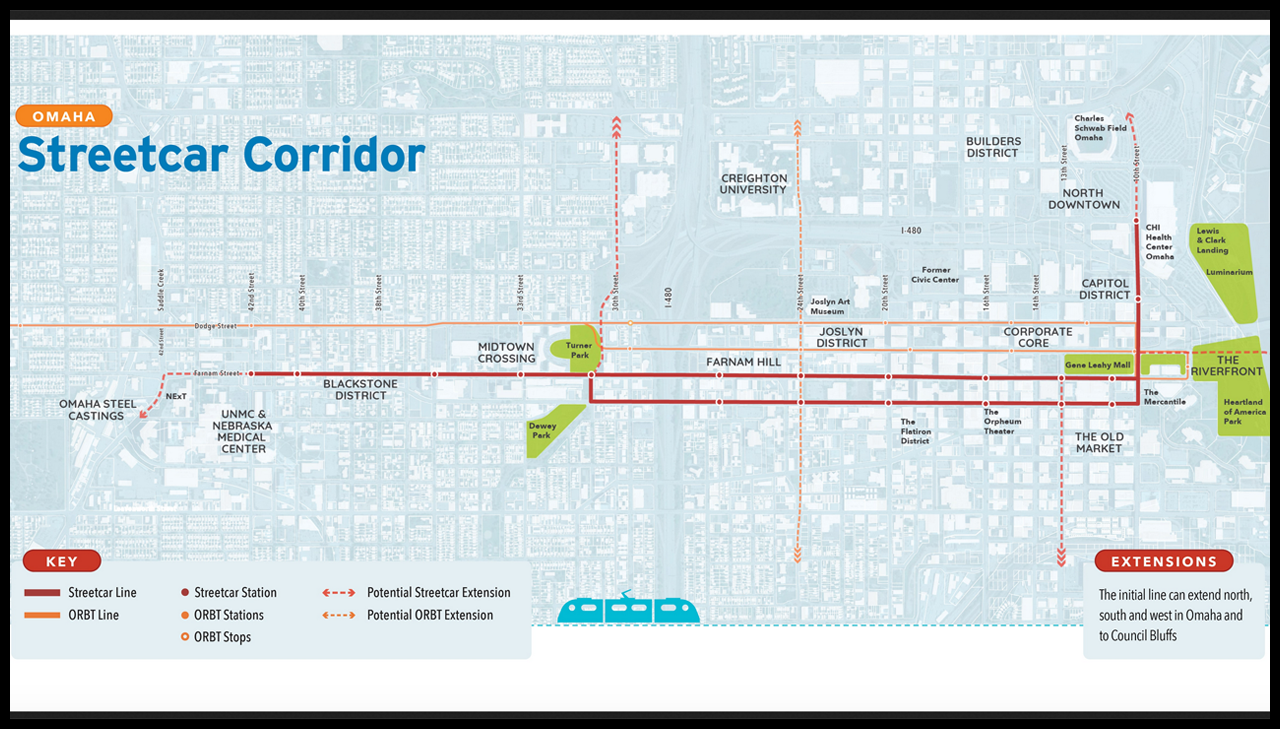
The proposed three-mile Omaha line would run on an east-west alignment along adjacent Farnam and Harney streets, from 10th to 31st streets. Officials hope it can be up and running by 2026.
Omaha might get a new streetcar line in a few years, at least if Mayor Jean Stothert has her way, but a local senator objects to the plan because he does not like the way downtown Omaha would be described.
The plan was proposed in 2016, but according to a report by Bryan Knoelk at rivercityomaha.com: “Omaha Mayor Jean Stothert announced the City’s commitment to move the streetcar idea forward. Planned and longed for by metro residents for more than a decade, the City of Omaha is committing finances and public works. The route will be as expected along Farnam and Harney Streets from the 10th Street to UNMC [University of Nebrska Medical Center] around 42nd Street.” (See map above.)

Officials hope that the 3-mile (5.5-track-mile) line with 13 stops can be up and running by 2026. It would be modeled after the successful Kansas City Streetcar, which is now eyeing a southward extension beyond its original terminus at Union Station. The proposed three-mile Omaha line would run on an east-west alignment along adjacent Farnam and Harney streets, from 10th to 31st streets. Further west, the line would proceed on Farnam Street to 44th Street in the Blackstone neighborhood, near the hospital. On the east end, it would go north on 10th Street along the Missouri River, near the historic Burlington Route and about six blocks from the station used by Amtrak’s California Zephyr today. There are also plans to extend the line to the north, south, and west, as well as across the river to Council Bluffs, Iowa, someday.
Mutual of Omaha, the insurance company and one of the city’s biggest employers, wants to move its headquarters downtown. Corporate and city leaders hope that a streetcar will attract young professionals and business owners to the area, while preventing excessive demand for parking spaces.
According to a report by Aaron Sundeford and Cindy Gonzalez in the Jan. 28 edition of the Nebraska Examiner, Mutual of Omaha CEO James Blackledge and Mayor Stothert worked out the details, and the streetcar was a component: “Blackledge said Stothert’s willingness to invest in a streetcar that runs through midtown—where Mutual has had its headquarters since 1939—drove Mutual’s decision to leave for the downtown library site. Mutual has developed a $365 million Midtown Crossing residential and retail campus near its current headquarters. It also has been acquiring more property to the east.” The report also contains details of the financing plan for the line. Mutual’s current headquarters is located at 33rd and Harney streets. The company’s new building will be located where the library (not a historic structure) is now located, and the library will move.
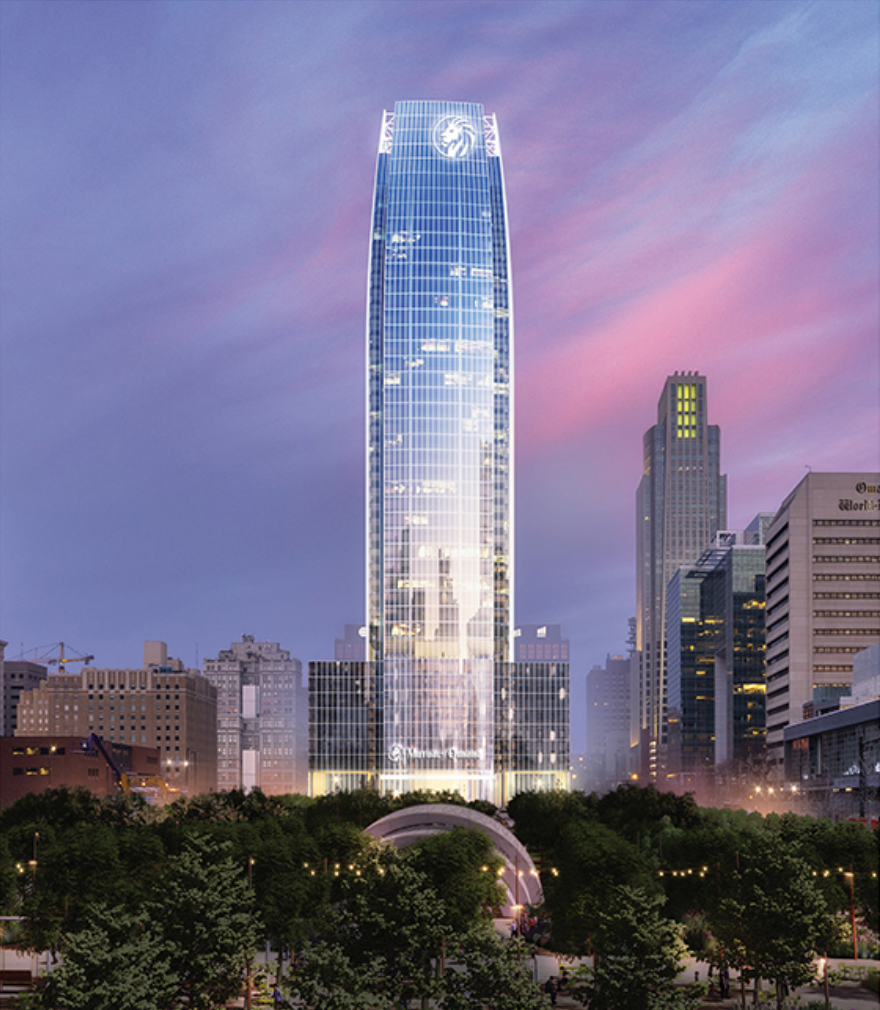
Michele Bandor reported for KETV-7 on Jan. 26 that Mutual of Omaha was not interested in leaving Omaha, but wanted a suitable downtown location. The plan calls for a glass-curtain skyscraper 40 to 50 stories tall and located near Union Pacific (UP) headquarters. The report linked the two: “Mutual of Omaha will move its headquarters downtown with a skyscraper that will transform downtown Omaha’s skyline,” and quoted Mayor Stothert as saying: “A streetcar is going to connect everything together.”
According to the report: “Stothert said the streetcar will be built, operated and maintained without a property tax or sales tax increase. The streetcar will also be free to all riders.” The streetcar is projected to open in 2026 at a cost of $306 million, including 35% for contingencies. The report said: “A TIF [Tax Increment Financing] plan, as well as revenue bonds, private placement bonds and philanthropic funds to help cover cost.”
One aspect of the financing plan did not make a hit with Sen. Justin Wayne (District 13), as reported by Jessica Wade and Martha Stoddard on Jan. 28 in the Omaha World Herald: “Wayne expressed frustration with the idea of the tax-increment financing for the streetcar project. He said he supports Mutual of Omaha moving its headquarters downtown but not the idea of declaring downtown as ‘extremely blighted.’ Under a constitutional amendment introduced by Wayne and approved by voters in 2020, the ‘extremely blighted’ designation allows developers to qualify for TIF loans and have 20 years to pay them back, five years longer than TIF projects in other areas. He said the designation was intended to help redevelop areas with high unemployment and high poverty, such as the new Omaha district.”
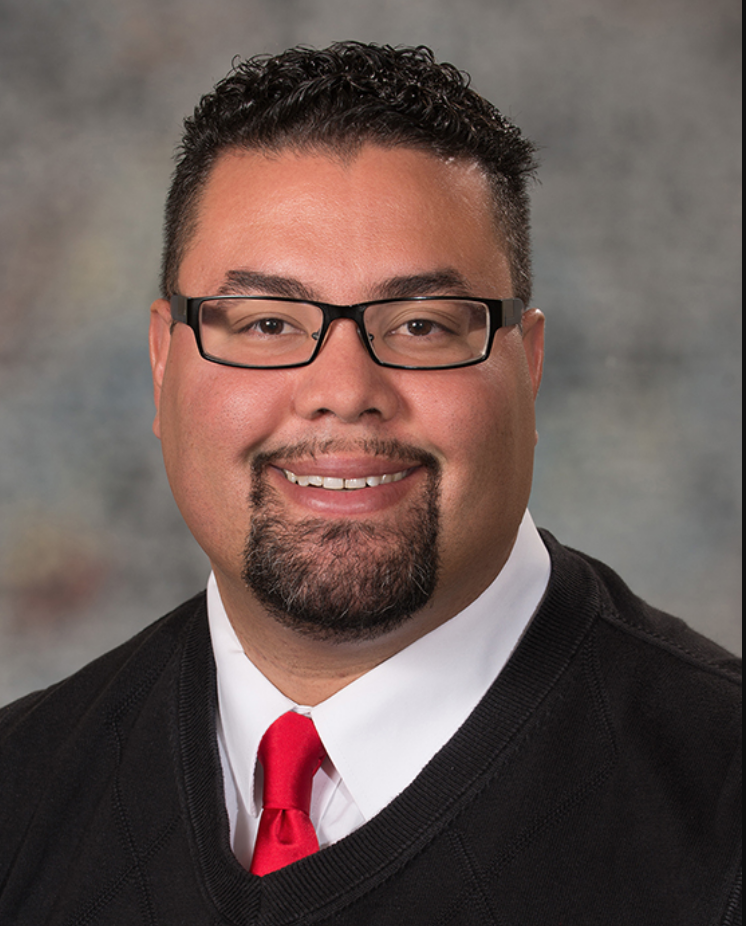
The report went on to explain: “Under TIF, the developer of a city-approved project takes out a loan to help cover eligible redevelopment expenses. The loan is paid back, generally over a 15-year period, by using the increased property taxes that are generated on the new development. Normally, property tax payments go to support schools, city and county government, and other tax-reliant entities.” According to the report, “The city plans to issue special revenue bonds and private placement bonds to pay for the system’s construction. The buyers of those bonds will be repaid using TIF funds.”
Roger Hamer of WOWT presented a profile of the route and positive comments from some business owners. He reported: “Still, the future of streetcars is already bringing a lot of excitement to the area,” and quoted an unidentified woman as saying “It will give us a more ‘city’ vibe.” The report also said that the city is planning to buy six “modern” vehicles at a cost of $6 million each.
According to the city of Omaha, the streetcar system would be owned by the city and operated by a new Streetcar Authority, created through an inter-local agreement with the city and Metro Transit. In addition, annual costs to operate and maintain the streetcar system are estimated at $6.4 million, o be paid by the city’s Parking and Mobility Division Enterprise Fund, which generates revenue from parking fees in garages and meters.
It’s not only elected officials and business leaders who are backing the streetcar project. Modern Streetcar Advocates, a grassroots-oriented group reports that it has collected 1,200 names on a petition supporting the project. Its website says: “Modern Streetcar Advocates are community visionaries, public transit champions and everyday people who love our city. We all agree that Omaha wins with a streetcar.”
There is no rail transit anywhere in Nebraska today, and Amtrak’s California Zephyr is the only passenger train in the state. The last streetcars in Omaha ran in March 1955. One of the last cars to run is preserved at the Durham Museum at the old Omaha Union Station, which Amtrak does not use. If city officials, the head of Mutual of Omaha and citizen-advocates have their way, some folks will again be riding on rails on the city’s streets for the first time in 71 years.
